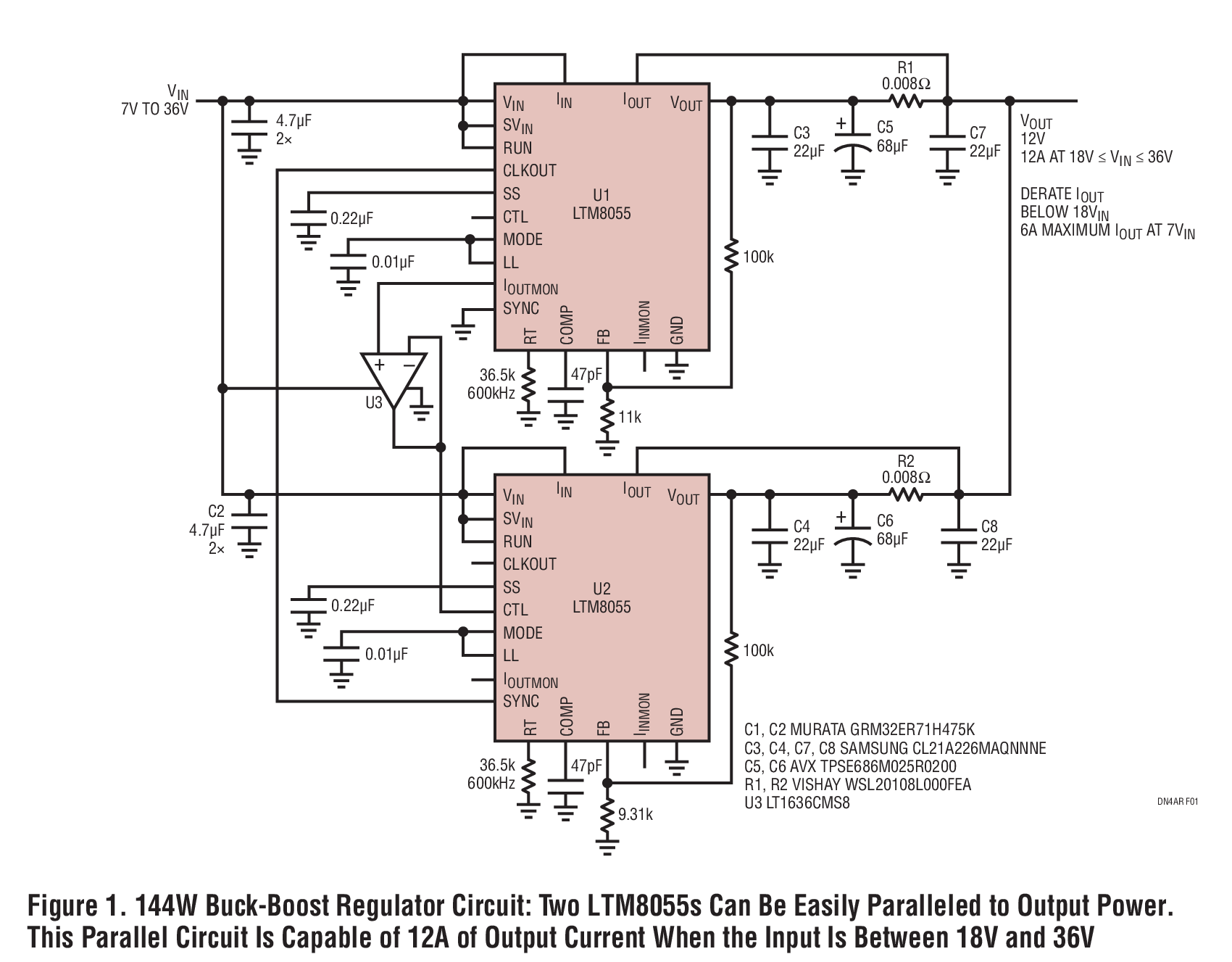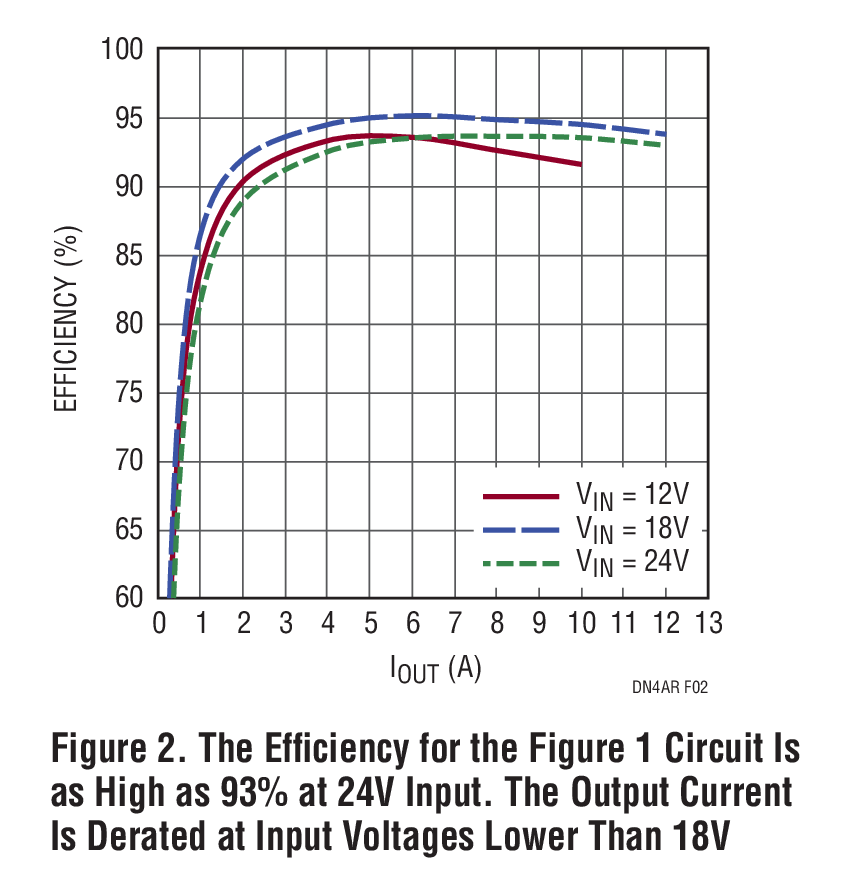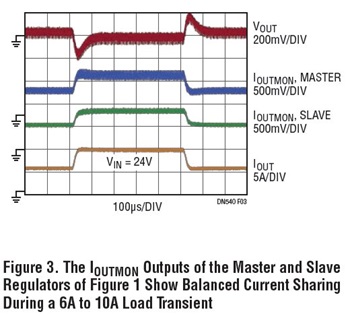36V Input, 8.5A Buck-Boost μModule Regulator Easily Parallels for Increased Power
36V Input, 8.5A Buck-Boost μModule Regulator Easily Parallels for Increased Power
Introduction
The LTM8055 is a buck-boost μModule® regulator with a 5V to 36V input range that can be easily paralleled to extend load current capability. Its 4-switch buck-boost topology features high efficiency while allowing the input voltage to be below, at or above the output—with smooth transitions between regulation modes. The LTM8055 can regulate a constant-voltage (CV) and a constant-current (CC) output, with analog programming of output current. Its out-of-phase clock output, combined with switching frequency synchronization, enables easy phase interleaving in parallel operation. A complete solution fits a space not much larger than the 15mm × 15mm footprint of the LTM8055, including input capacitors, output capacitors and current sense resistors as needed.
High efficiency is an inherent benefit of a 4-switch buck-boost converter design, due mainly to low power losses in NMOS switches. 2-switch converters are similarly efficient but limited to buck or boost topologies. Furthermore, DC/DC supplies that use a single switch and a rectifier diode, instead of two switches, are less efficient because of power losses in the diode.
Parallel Operation
It is easy to parallel multiple LTM8055s to increase output power capability. Figure 1 shows a 12V output regulator composed of two parallel LTM8055s, one CV master regulator U1 and one CC slave regulator U2, capable of 12A of output current when the input is from 18V to 36V. Figure 2 shows that the efficiency of the Figure 1 circuit is as high as 93% at 24V input. The output current is derated at input voltages lower than 18V.

CV operation of the master regulator and CC operation of the slave regulator assures balanced current sharing. IOUTMON monitors the output current, while the CTL pin programs the output current of the current source regulator. The master is programmed to the desired output voltage while the slave is programmed to a higher output voltage, since it normally regulates current and not voltage. The master regulates the output voltage and its IOUTMON pin connects to the CTL pin of the slave which forces the LTM8055s to share the load current equally. A unity gain buffer allows the master IOUTMON pin to drive the CTL pin of the slave. Figure 3 shows load sharing of the two parallel regulators in Figure 1, where the IOUTMON outputs remain equal during a 6A to 10A load transient test.
The two switching cycles are synchronized 180° apart by simply connecting CLKOUT of U1 to the SYNC pin of U2. Out-of-phase synchronization reduces the required capacitance on the input and output. Synchronization prevents any beat frequency noise that could be caused by a random switching cycle relationship between the LTM8055s.
More than two LTM8055s can be paralleled by connecting the IOUTMON pin of the master to the CTL pins of the slaves using a single unity gain buffer. An external clock generator with two or more phases may be necessary for proper channel interleaving.


Current Regulation and Monitoring
Parallel operation is not the only use for the LTM8055's current regulation feature. It can be used for battery and supercapacitor charging or to protect the output from overcurrent and short faults. The LTM8055 also provides input current regulation and monitoring. Input current limit can prevent the LTM8055 from overloading its input supply.
Conclusion
Minimal design effort is required to produce a compact and high performance converter with the LTM8055. This 36V buck-boost μModule regulator can be easily paralleled for increased output power, with 2-phase designs requiring no external clock.
